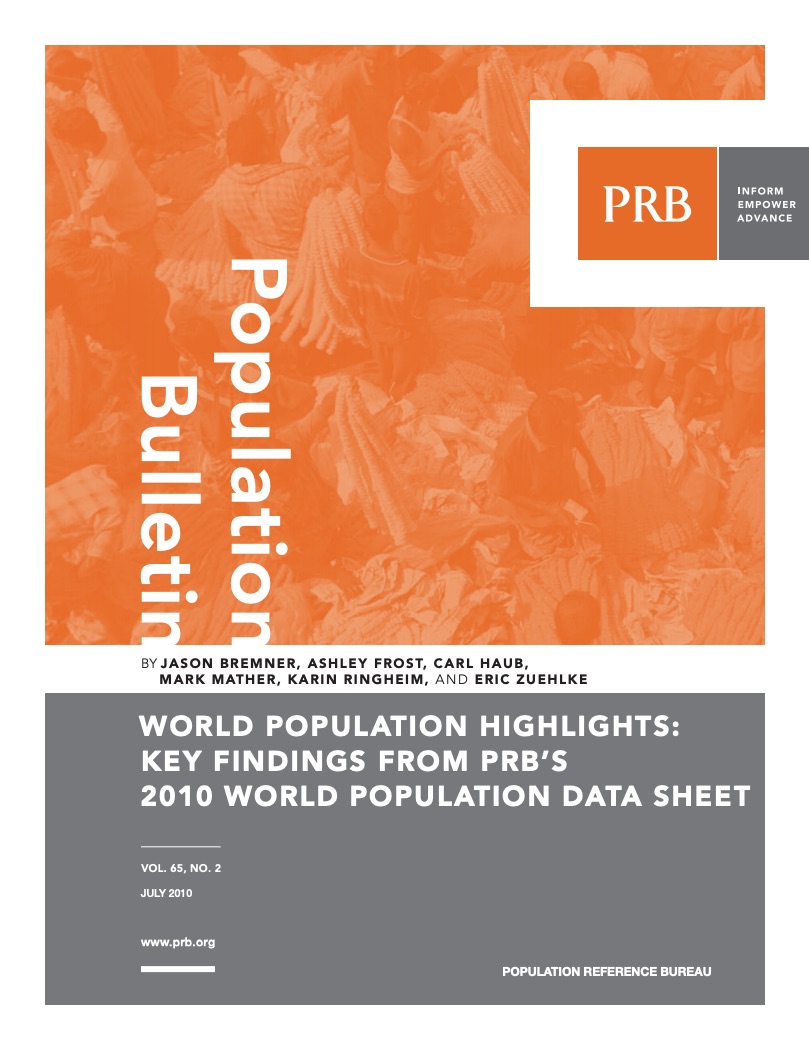Combien cela coûterait-il de couvrir les besoins en planification familiale dans les pays en développement ?
(2010) Quasiment 215 millions de femmes vivant dans des pays en voie de développement souhaiteraient éviter une grossesse mais n’utilisent pas de moyen de contraception efficace.


